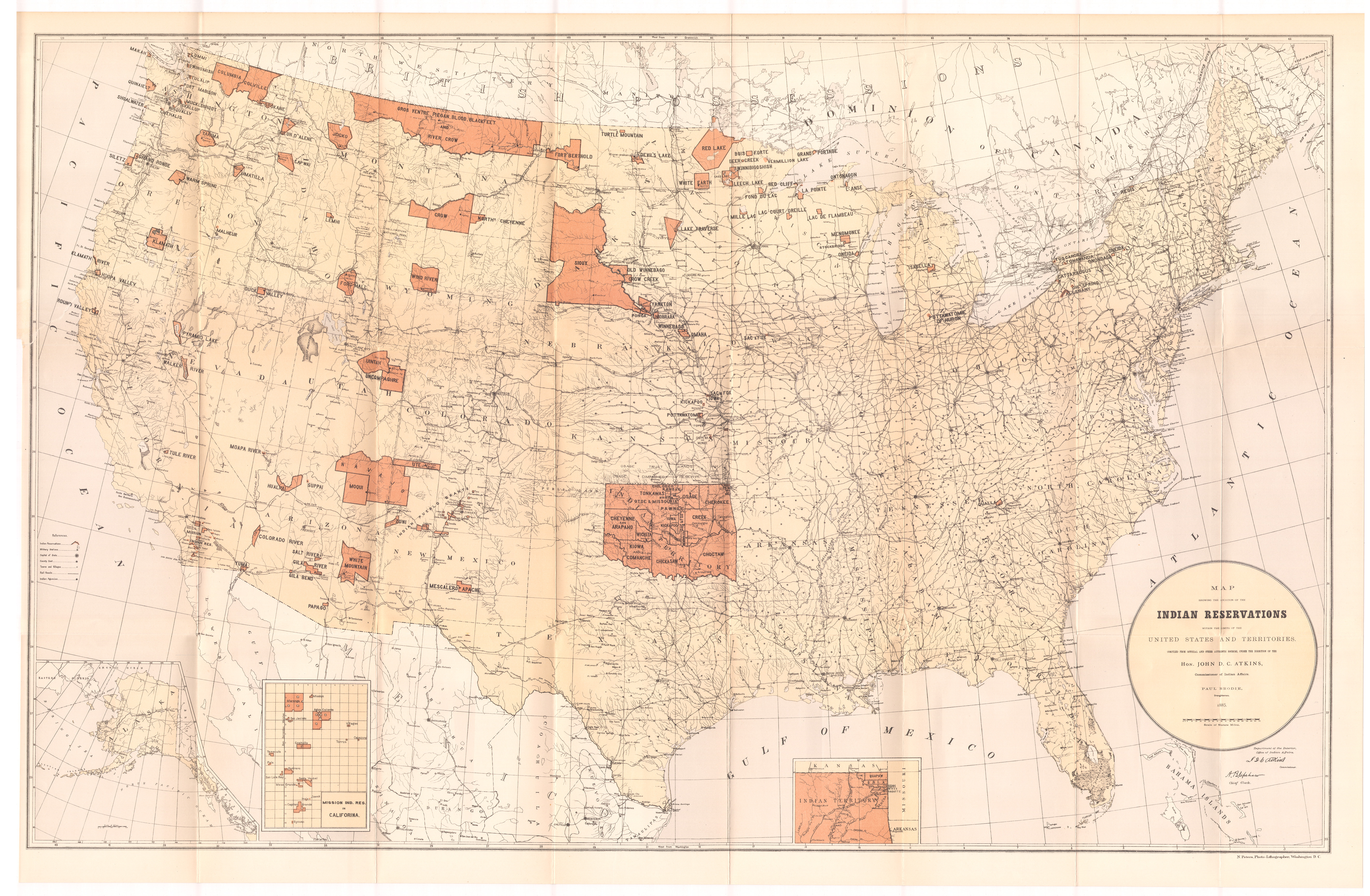There are more than 500 federally recognized tribal nations within the United States. There are more than 200 tribes without federal recognition that are recognized by state governments or who are petitioning for federal recognition. Each of these tribes has its own history, language, and culture. There are five federally recognized tribes in North Dakota, four reservations, and one service area. Federally recognized tribes have sovereign status and make their own laws. Treaty-making in the 19th century was based on the Doctrine of Discovery. As the concept of Manifest Destiny evolved, it impacted and accelerated European and American treaty making with tribal nations and pushed land claims that often led to conflict and removal of Native American people from traditional lands. By the 1700s this push west for land impacted tribes living on the northern great plains. This led to the establishment of reservation lands and modern tribal governments. Have students work in groups to complete the following activity. Using maps and websites, identify traditional homelands and compare them to modern reservations. Facilitate a class discussion about what students learned. Did their research support or contradict what they thought they knew? What surprised them the most?
Activity: Oceti Sakowin Homelands
Compare the following three maps: Traditional Native Lands, the 1885 Paul Brodie map of Indian Reservations, and a contemporary map of North Dakota. What information do these different maps depict? How has the land available to the Oceti Sakowin changed over time? Share back to the whole class what your group has learned, and then, as a class, compare and contrast the data.

Learn more about the history and culture of Native Americans through one of these additional resources:
- North Dakota Heritage Center & State Museum and state historic sites.
- Teachings of Our Elders—The North Dakota Native American Essential Understandings
- National Museum of the American Indian—a Smithsonian Museum
- Treuer, Anton. Everything You Wanted to Know About Indians But Were Afraid to Ask. St. Paul, MN: Minnesota Historical Society Press, 2012.
- National Museum of the American Indian. Do All Indians Live in Tipis?: Questions and Answers from the National Museum of the American Indian. New York, NY: Smithsonian Institution Press, 2007.
- Each reservation in North Dakota has a college, and most of them have museums, cultural centers, and a tourism division. Follow their social media feeds to learn more about programs, events, and other learning opportunities.


